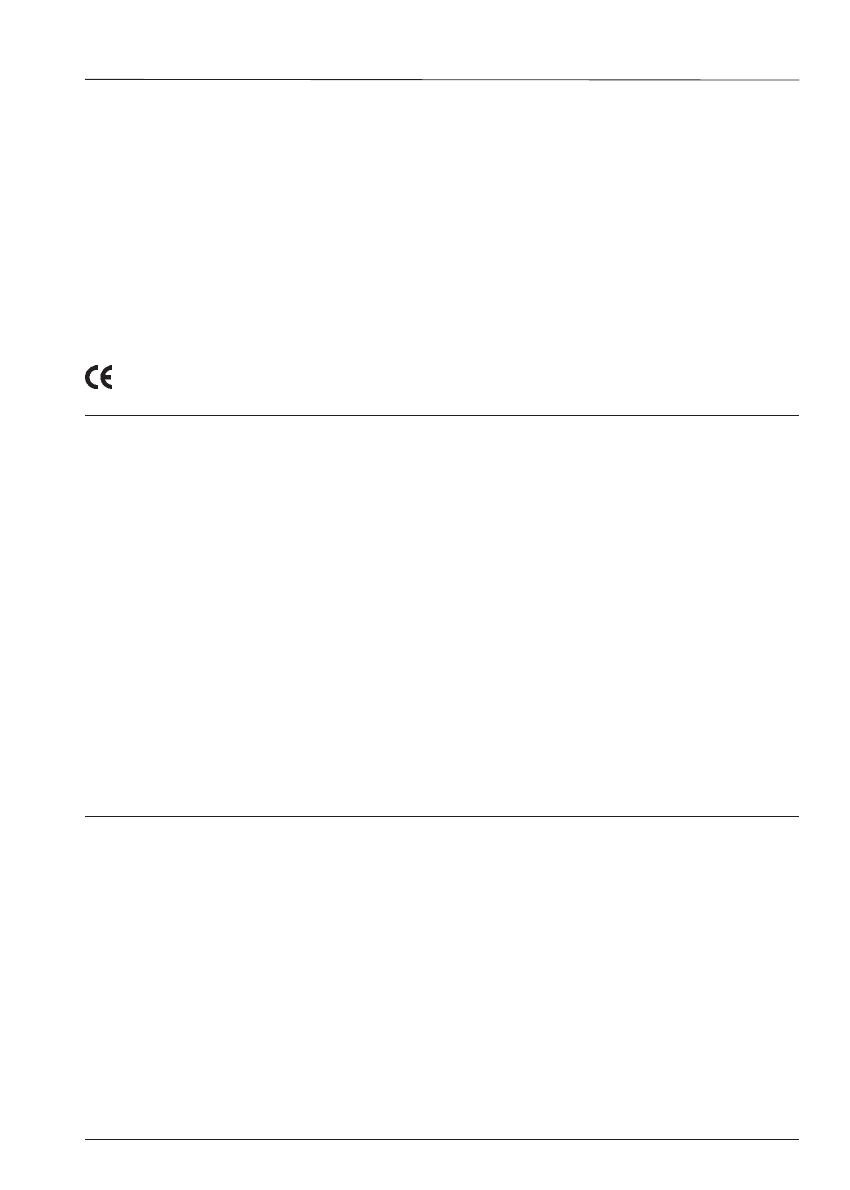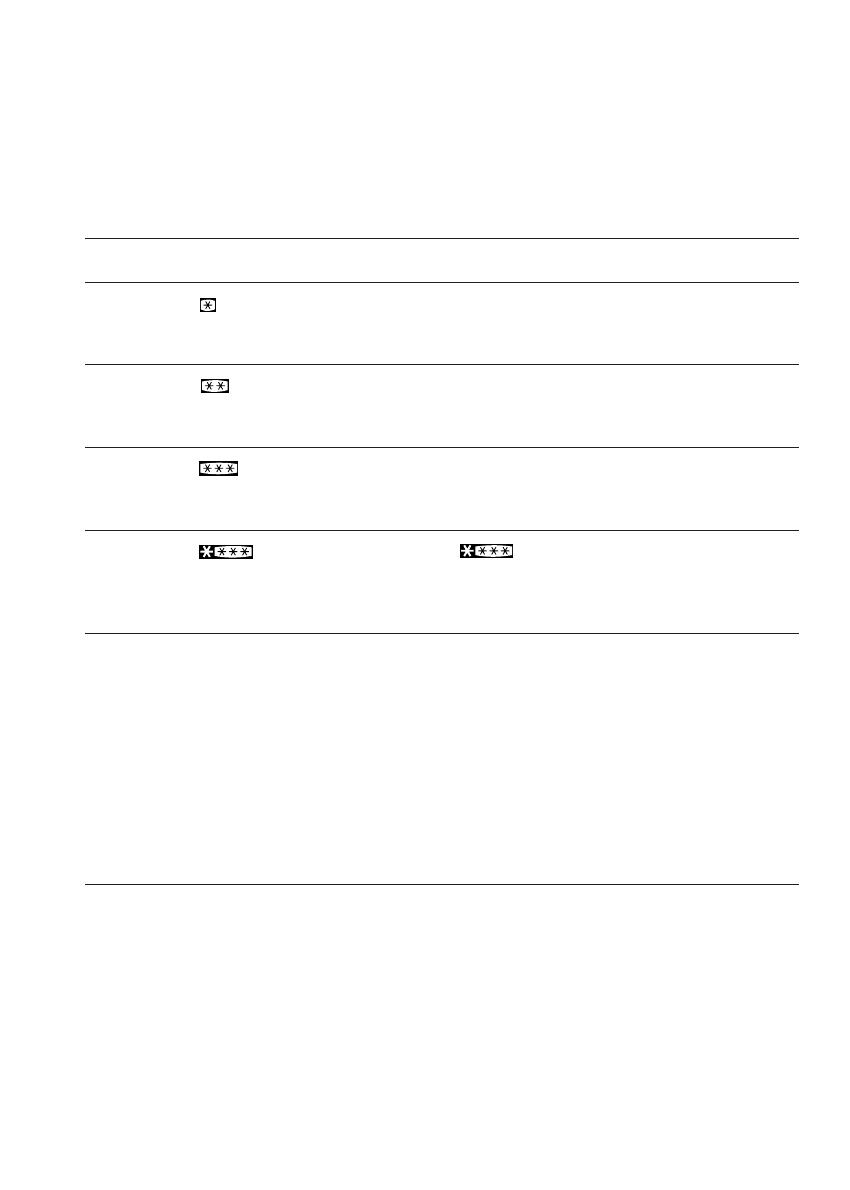41
giving this information.
Important: A layer of heat around the freezer cell shows that the appliance is working properly.
REVERSING THE OPENING OF THE DOORS (some models only) see fig. 3
To reverse the appliance doors, please contact GIAS SERVICE (tel. 08705 990011) to
arrange an appointment with an engineer, who will provide this service for a nominal
charge.
1) It is advisable to lean the refrigerator at an angle of about 45°, since it is necessary to
work on the bottom of the appliance in order to remove the lower hinge.
2) Remove the plinth, if fitted.
3) Remove the lower hinge (and relative washers), by loosening screws A as shown in
the figure.
4) Remove the lower door.
5) Remove the middle hinge (and relative washers), by loosening screws B as shown in
the figure 3. Models with the upper tall door (fig. 7d – inside upper portion of the top
door), before removing screws that fix the central hinge (between fridge and freezer door)
open the top door and remove cap M and plastic insert L. When reversing the doors, the
doors need to be supported at all times.
6) Remove the top door. Remove screw N from the right bottom hinge (fig 7e – bottom
section of the appliance with kickplate removed). Take the left bottom hinge from the pla-
stic bag and fix it to the bottom of the appliance with the screw you removed from the
right bottom hinge.
7) Remove the plastic film, covering the upper left-hand hinge, from the facing.
8) Unscrew journal C from the upper right-hand hinge and refit it on the left. Models with
the upper tall door (fig. 7c – inside upper portion of the top door), remove caps F-G, pivot
D and the right upper hinge, taking away the screw. Take the left upper hinge (H) from
plastic bag and fix it with the screw you have removed. Fix pivot D with washer to the left
upper hinge. After transferring the hinge to the left hand side, the plastic insert (L) which
covers this mechanism needs to be altered, the membrane of cap G needs to be broken
so that its fits back into place.
9) Replace the doors working in a reverse fashion (6-5-4-3-2); remembering to refit the
spacing washers between door and hinge.
10) Move the vertical handles, if they have been supplied, from the left hand side to the right
hand side, by adjusting the relevant screws. For handles marked “M”, move them diagonally
across from left to right. Remove the adhesive label from the left handle, take a new label
from the accessory pack, remove the protective strip and attach it to the right handle.
11) Restore the appliance to an upright position.
N.B. Correct alignment of the doors is obtained by adjustment of the middle hinge.
REVERSING THE OPENING OF THE DOORS (some models only) see fig.7
To reverse the appliance doors, please contact GIAS SERVICE (tel. 08705 990011) to
arrange an appointment with an engineer, who will provide this service for a nominal
charge.
For models with a bottom hinge both on the right and the left.
1) We recommend that the refrigerator be tilted about 45 degrees.
2) Remove the screws (A) that hold the central hinge in place. Models with the upper tall
door (fig. 7d – inside upper portion of the top door), before removing screws that fix the
central hinge (between fridge and freezer door) open the top door and remove cap M and
plastic insert L. When reversing the doors, the doors need to be supported at all times.
3) Remove the top door. Remove screw N from the right bottom hinge (fig 7e – bottom
section of the appliance with kickplate removed). Take the left bottom hinge from the pla-
stic bag and fix it to the bottom of the appliance with the screw you removed from the
right bottom hinge.










